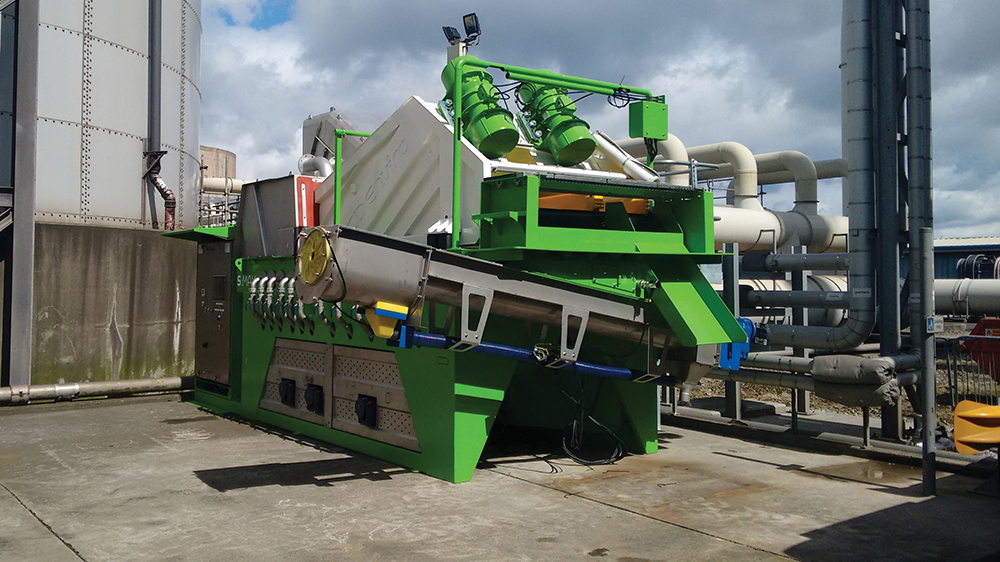As water companies face more demands than ever before, the production of high-quality bioresources will play a huge role in managing these challenges.
Population growth, climate change and the pressure to remain affordable are three of the largest pressures that water companies must deal with in 2018. Affordability is a particularly significant barrier to overcome as, without the money, the chances of coping with the other issues are remote, if not non-existent.
The view that sludge is a waste product is changing- and fast. Water companies will need to get on board quickly and realise that soon there will be a market that doesn’t just aim to dispose of sludge for the cheapest possible price. Ofwat plans to open up the sludge market by 2020 means. This means what was once a cost can soon be an asset with the right policies, procedures and equipment in place. The regulator wants to see maximum benefits for customers, the environment and the sewage treatment companies.
Wastewater operations need to be as efficient as possible to deal with these growing pressures. This means that rag and grit should be removed as early as possible from incoming sludge so that the damage it can cause can be minimised.
S:MAX G sludge screen uses vibrating screen technology and density separation to remove rag and grit at every stage of the downstream process. Marshmallow screen mounts ensure the maximum transfer of energy to the material on the screen and by processing at the fastest rate possible, tanker assets are optimised and transportation costs minimised.
There are many other benefits to removing rag and grit at this stage of the wastewater treatment process. If these materials are removed before sludge reaches a digester, grit will not be able to settle in the tank which significantly reduces, or even eliminates the need for tank cleanouts. In addition, removing rag and grit protects other assets such as pumps and decanter separators from abrasion and wear. Grit can decrease the expected life of these assets and increase maintenance requirements, as well as eventually impacting on dewatering effectiveness.
The screened and dewatered bioresource recovered by the S:MAX G can be reused in a variety of applications, further reducing disposal costs. There is value in sludge, and the most powerful sludge screenings systems are available to create this value.
For more information on sludge screening technology visit our website
www.cdenviro.com




